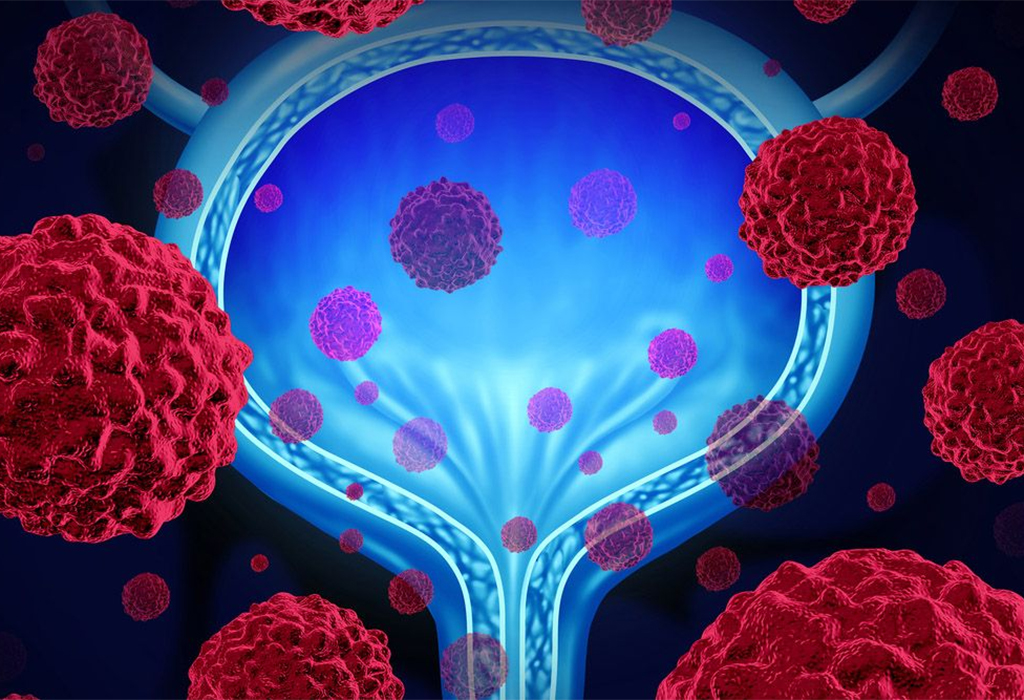WHAT IS BLADDER CANCER?
Bladder cancer happens when cells in the urinary bladder start growing uncontrollably. As more cancerous cells develop, they will form a tumour and could spread to other areas of the body.
SYMPTOMS OF BLADDER CANCER
Symptoms of bladder cancer include haematuria (blood in the urine), painful urination, burning sensation while passing urine and frequency in urination.
DIAGNOSING BLADDER CANCER
A cystoscopy is often done to diagnose bladder cancer. It involves inserting a small and narrow tube (cystoscope) through the urethra. The doctor will send tissue sample for biopsy and urine for cytology.
TREATMENTS FOR BLADDER CANCER
Treatment will depend on the stage of cancer, the type of cancer, the side effects, patient’s preferences and overall health. Treatments include Chemotherapy (the use of drugs to destroy cancer cells), Radiation therapy (use of high-energy x-rays or other particles to destroy cancer cells), Immunotherapy (known as Biologic therapy, it is suppose to boost the patient’s immune system using the body’s natural materials), Intravesical therapy (doctor puts a liquid drug directly into the bladder using a catheter to prevent cancer from coming back after surgery) and/or Surgery.
- TRANSURETHRAL RESECTION OF BLADDER TUMOR (TURBT)
Transurethral resection of bladder tumour is also known as transurethral resection (TURBT). This is recommended for early-stage or superficial (non-muscle invasive) bladder cancers. An instrument is inserted into the urethra (no cutting into the abdomen). A rigid cystoscope called a resectoscope is placed into the bladder through the urethra. The wire loop at the end of the scope removes any abnormal tissues or tumours. The removed tissue is sent for biopsy. - PARTIAL CYSTECTOMY
This option is for the kind of bladder cancer that has invaded the muscle layer but the affected area is not very large and only in one place. This surgery will remove the cancer along with part of the bladder wall without taking out the whole bladder. The hole in the bladder wall is then closed. Nearby lymph nodes are also removed and examined for spread of cancer. - RADICAL CYSTECTOMY
If the cancer is more aggressive and is larger or in more than one part of the bladder, a radical cystectomy is required. This surgery will remove the entire bladder and nearby lymph nodes. In women, the ovaries, fallopian tubes, uterus, cervix and a samll portion of the vagina are often removed along with the bladder. In men, the prostate and seminal vesicles are also removed. In radical cystectomy, reconstructive surgery is needed as you will need another way to store urine and remove it. There are several types of reconstructive surgery such as incontinent diversion, continent diversion and neobladder. The type of reconstructive surgery done will depend on the medical situation and personal preferences of patient.





